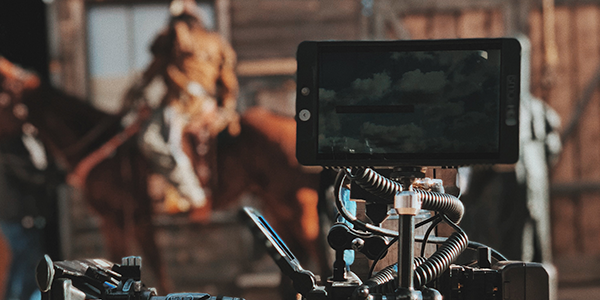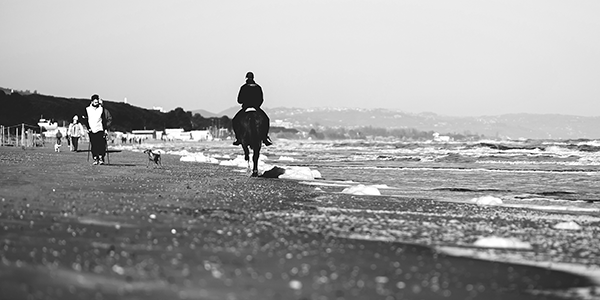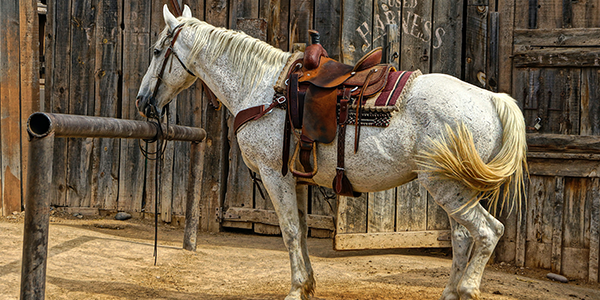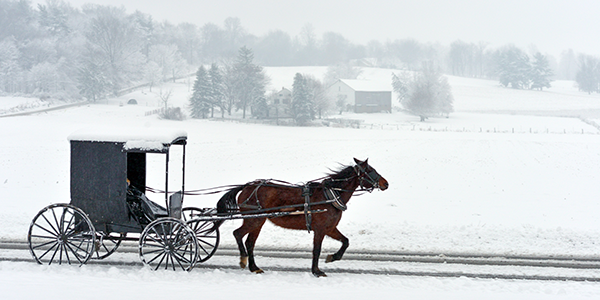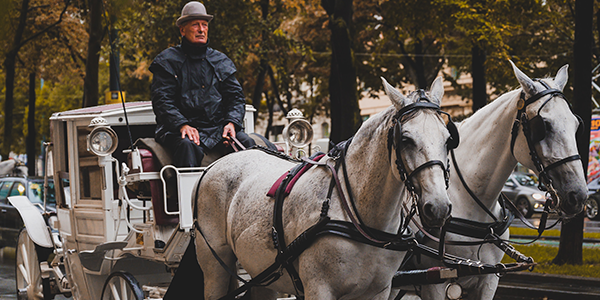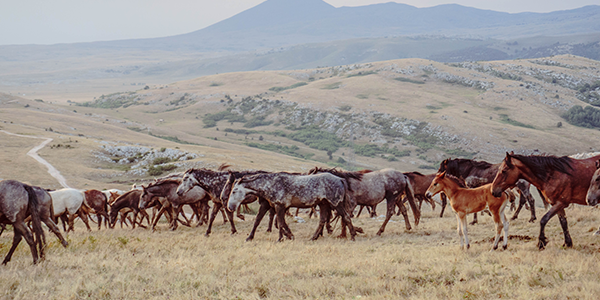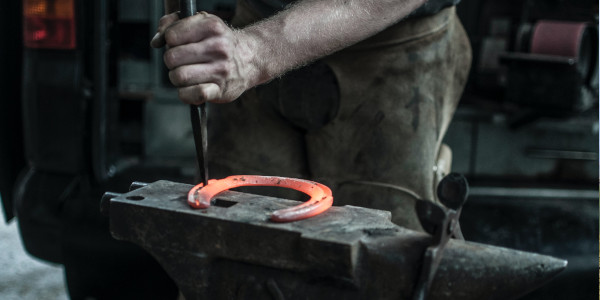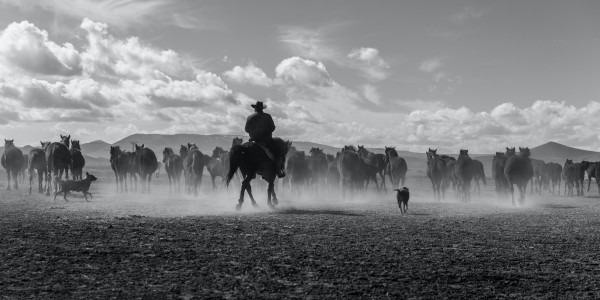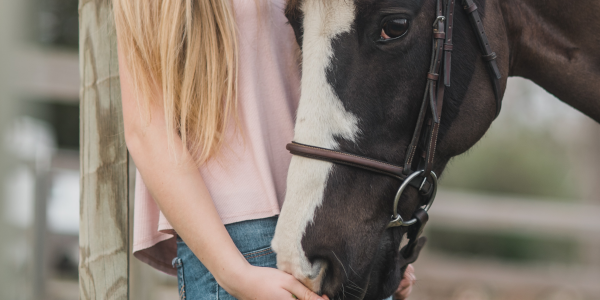Animals and especially horses have been a part of films. Horses in film began around the 1920s when westerns were so big. Horses were a big part of filming the westerns National Velvet, Ben-Hur, and The Big Country. Today this relationship still exists in film. For example, horses were the only for of travel for the characters in The Lord of the Rings series. Unfortunately, horses weren’t always treated humanely. Continue reading for more details. Also, if you are looking for a horse property for sale in Colorado, contact Colorado Horse Property today and speak with one of our horse-person realtors.
Horses in Film: The Past and Present
During the early years of horses in film, there was a dark side to the movie industry. Productions companies often viewed horses as commodities. In other words, they saw horses as expendable parts of the filing process. In old westerns and war films, tripwires were used to get horses to fall. This caused lameness, broken legs, and other injuries often resulting in euthanasia. However, time progressed and so has our treatment of horses in film.
Today, the American Humane Association dictates how animals are treated in filming. They work with production personnel and trainers during the pre-production stage through on-set filming. Also, they monitor their Guidelines for the Safe Use of Animals in Filmed Media. In fact, the AHA monitors 70 percent of known animal action in film and television, which accounts for approximately 2,000 productions annually. Because of the actions of the AHA, we now have horses in film without endangering their lives.


